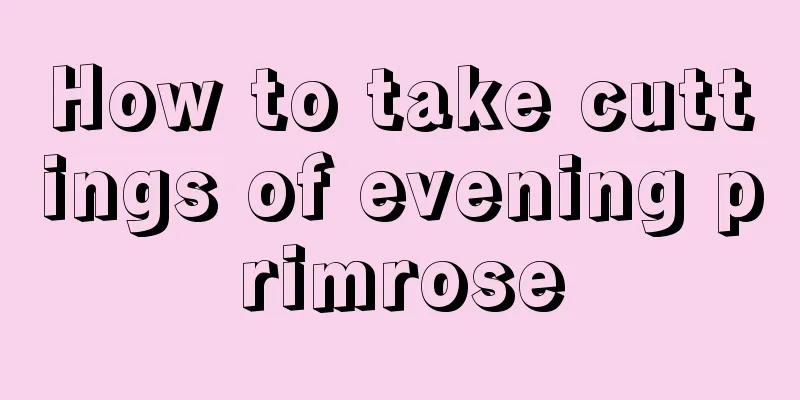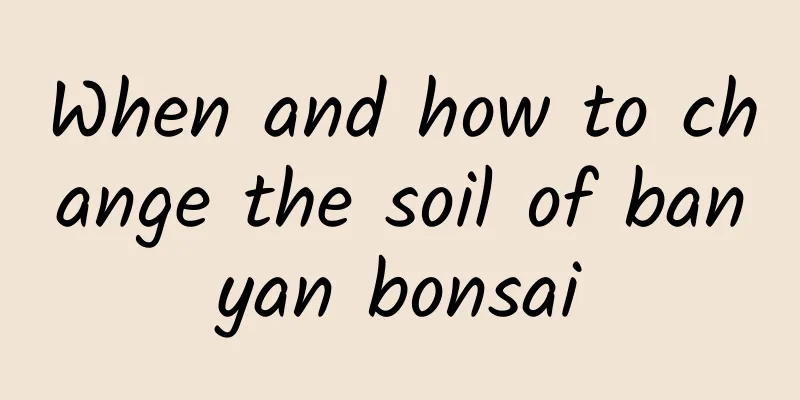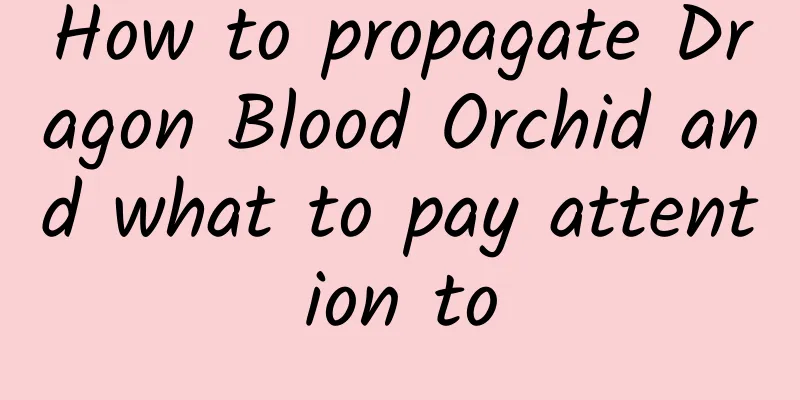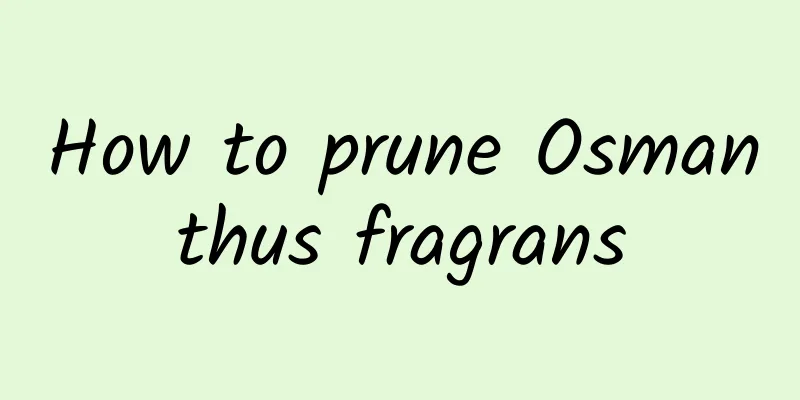How to take cuttings of evening primrose

PreparationGenerally, the cuttings used for evening primrose cuttings are usually combined with pinching. The tops of plants that are relatively sturdy, free of pests and diseases, and in good condition are selected as cuttings, and the tops are used directly for cuttings. The substrate can be selected from one of the following: garden soil: slag = 3:1; or garden soil: medium-coarse river sand: sawdust (vegetable residue) = 4:1:2; or one of paddy soil, pond mud, and leaf mold. Or peat + perlite + expanded clay = 2 parts + 2 parts + 1 part; garden soil + slag = 3 parts + 1 part; peat + slag + expanded clay = 2 parts + 2 parts + 1 part; sawdust + vermiculite + medium-coarse river sand = 2 parts + 2 parts + 1 part. Specific methodsThe most suitable temperature for rooting cuttings is 18℃-25℃. If it is lower than 18℃, it will be difficult for the cuttings to take root. If it is higher than 25℃, the cut ends of the cuttings will be easily infected by pathogens and rot, so a certain temperature must be maintained. Insert the cuttings obliquely into the substrate and then water them thoroughly. Management after cuttingWhen the temperature drops after cuttings, the main measure for keeping warm is to wrap the pots or containers used for cuttings with film; when the temperature is too high after cuttings, the main measure for cooling down is to shade the cuttings, blocking 50% - 80% of the sunlight. After cuttings, the relative humidity of the air should be maintained at 75%-85%. The humidity can be increased by spraying the cuttings 1-3 times a day. The frequency can be appropriately increased when the temperature is high, and reduced on rainy days. However, be careful not to over-spray, which will cause the plants to be infected by pathogens and then rot. Cutting propagation cannot be separated from sunlight. However, the stronger the light, the higher the temperature inside the cuttings, the more vigorous the transpiration of the cuttings, the more water is consumed, which is not conducive to the survival of the cuttings. Therefore, after cuttings, 50% - 80% of the sunlight must be blocked. After the roots grow out, the shading net can be gradually removed. On sunny days, the shading net should be removed at 4:00 p.m. every day and covered before 9:00 am the next day. |
>>: How to trim the hyacinthus
Recommend
Carnation flowering time
1. Time Although its flowering time is determined...
What is the difference between orchid grass and orchid
1. Different types The herbaceous name of orchid ...
Can bicolor jasmine be poured with vinegar? The correct way to pour vinegar
Can I use vinegar to water the two-color jasmine?...
The beauty of traditional Chinese courtyards cannot be replicated anywhere else in the world!
Every blade of grass, every brick and tile, and e...
How often should I water Amaryllis?
How often should I water Amaryllis? During the ma...
How to repot the Buddha Lotus
When to change the pot The Buddha Lotus has stron...
What is the most profitable breeding industry in 2022 (What breeding prospects are good in rural areas this year)
What is the best prospect for the aquaculture ind...
When and what fertilizer to use for orchids in spring
1. Fertilization in early spring In early spring ...
Can I grow a peach tree at home?
Can I grow peach trees at home? Peach trees can b...
Plants that like the sun but are not afraid of the sun
1. Lotus Lotus can be said to be a very common pl...
How to grow more side buds on the money tree
1. Apply fertilizer in time If you want the money...
How to grow potted chrysanthemums and precautions
Chrysanthemum growth habits Potted chrysanthemums...
How to grow rambutan
Reproduction There are generally two methods of r...
What is the symbolic meaning and character of Kapok?
1. Symbolic meaning and character This type of pl...
Cultivation methods and precautions of variegated philadelphus
1. Maintenance methods 1. Soil: When planting in ...









